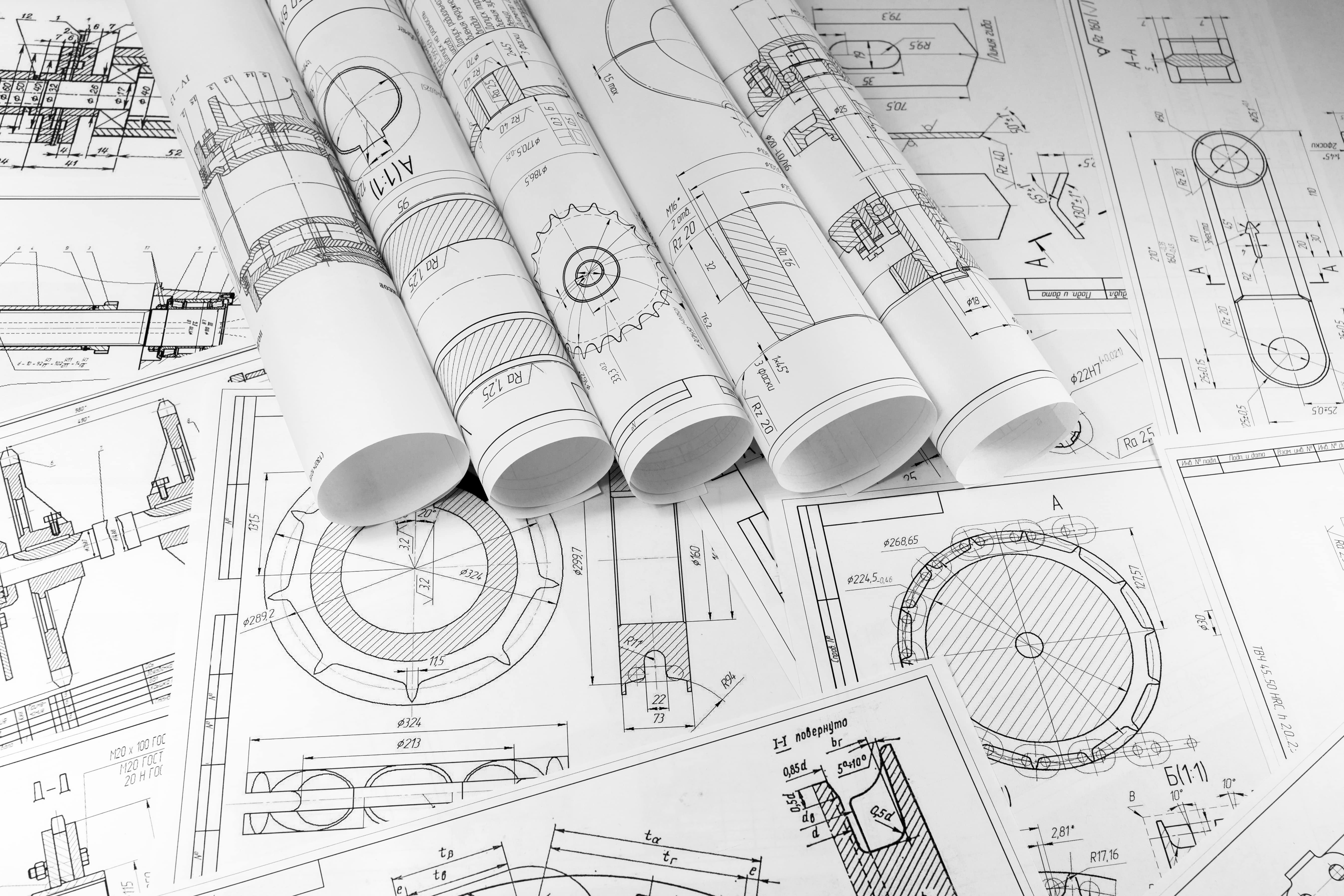Whether made of plastic, wood, ceramics, or metals such as steel or copper: Machined parts can be produced from various raw materials. The choice of material, therefore, depends mainly on where the part will be used later.
All manufactured parts have one thing in common: they have become an indispensable part of modern everyday life. Yet, finished machined parts vary in size and weight and can be made of different metals: Aluminium, brass, bronze alloys, steel, copper, and iron – the manufacturer is very free in his choice of metal.
Which metal the manufacturer finally decides on, depends very much on the industry or environment in which the manufactured part will ultimately be used. Because each metal has its own special properties and thus brings its own advantages and disadvantages.
The outstanding properties of copper
For example, copper is characterized by its excellent conductivity – it conducts electricity as well as heat without any problems. This makes copper an ideal material for electrical cables and all types of industrial machinery.
Some examples of the application of copper are:
- Radiators
- Heat Exchangers
- Generators
- Motors
In addition to its excellent conductivity, copper is also highly corrosion resistant and can be recycled to comply with a circular economy without losing its physical properties. However, machining copper can be a bit tricky and can present problems for a manufacturer without experience in this area.
Machinability
Machinability refers to how well a particular material can be machined. Materials with good machinability can be cut faster and with less effort. The following four factors play a role in the assessment:
- Tool wear: How much does the tool surface wear?
- Chip formation: How much chip is formed, and how well can it flow off?
- Cutting forces: What force is applied to the tool?
- Surface finish: How rough is the material's surface to be machined?
Influence of Hardness and elongation on the process
Since copper itself, as indicated above, is not quite easy to machine, it is often mixed in order to form copper alloys such as aluminum bronze. These alloys retain the outstanding properties of copper and increases its machinability. Different copper alloys have different hardness and elongation – two properties that are important for machining.
Thus, a higher hardness of a material leads directly to higher tool wear. On the other hand, a material that is too soft often does not have a good surface finish and chip formation is often relatively high. Additional care must be taken with alloys with a low elongation, because the lower the elongation, the greater the probability that corners can break off during machining.
Best Practice AMPCO® 8 and AMPCO® 18
Therefore, different setting must be selected for each material. For example, AMPCO® 8 and AMPCO® 18 both have a lower hardness and higher elongation than steel and are therefore easier to machine. Thus, the cutting parameters can be set up to 30 % higher than for steel. In addition, we recommend using Carbide made cutting tools, which help finished machined parts to have a longer service life.
As a leading manufacturer of custom machined parts and components made from copper-based alloys, AMPCO METAL is an expert in machining virtually any part to our customers specifications and blueprints.
For further information about machining our other alloys such as AMPCO® 21, 22 and 25 or AMPCOLOY® 83, 95 972 or 940, you can download now our free «Guidelines for machining with copper based alloys»





